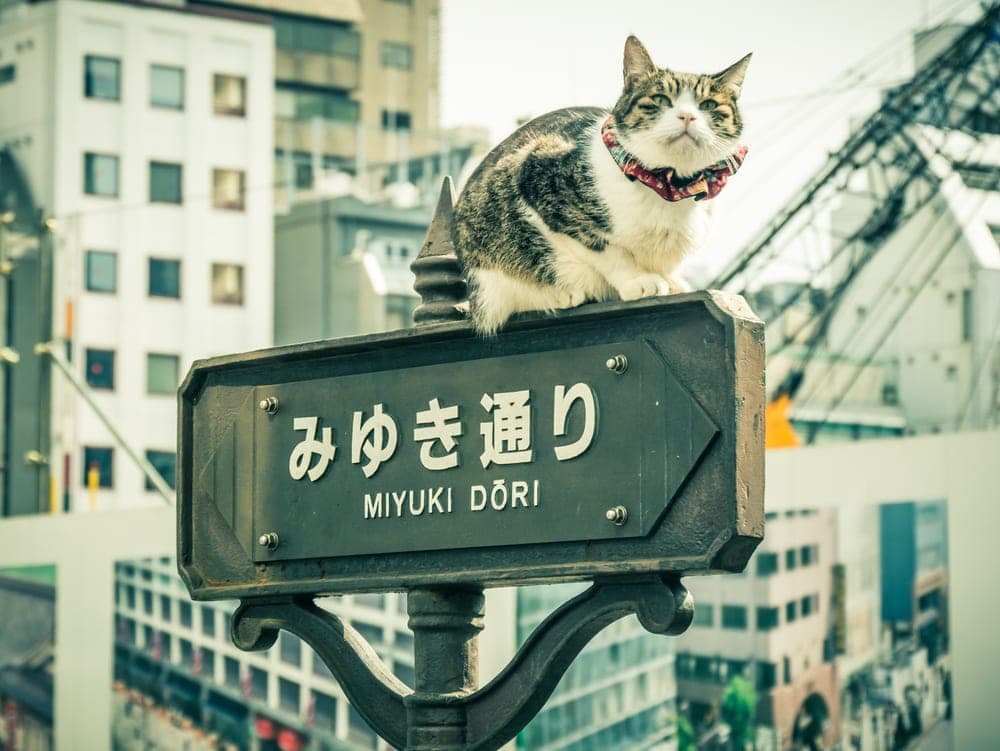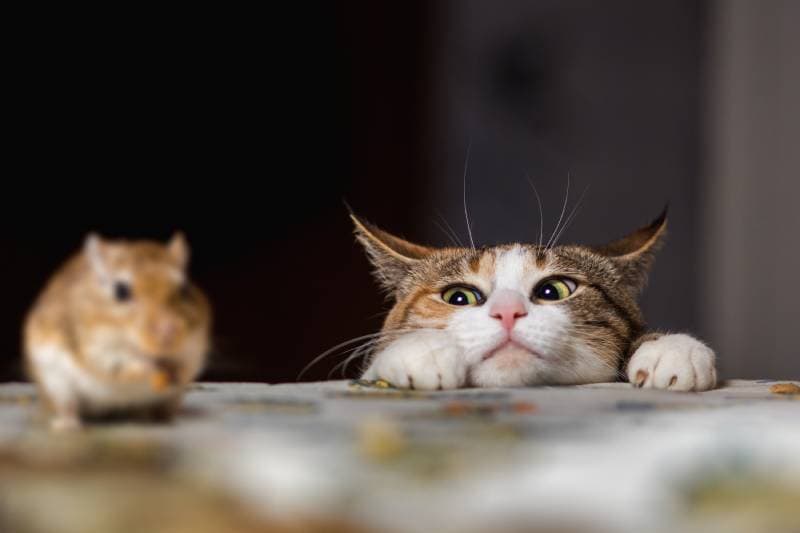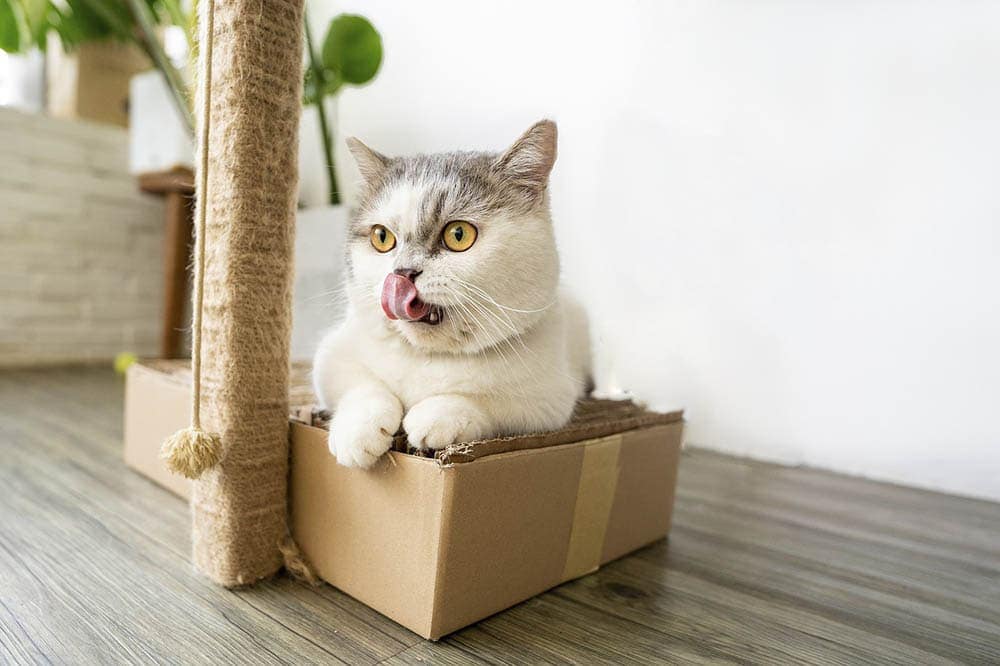Ragamuffin vs. Ragdoll Cats: The Differences (With Pictures)

Updated on
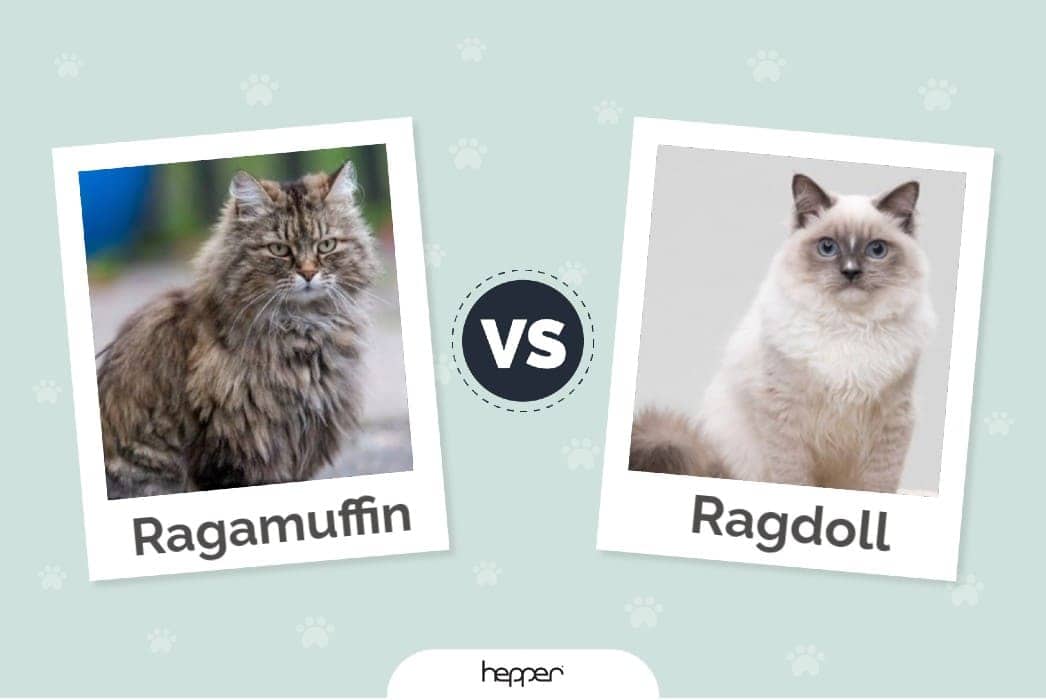
Click to Skip Ahead
Ragamuffin cats and Ragdoll cats are so similar, the two are often considered to be the same breed. Both are large, gentle cats that make wonderful pets.
Ragdoll cats existed first. They were created in California in the 1960s by a breeder named Ann Baker. She started the breed with her long-haired cat that had a sweet nature and would go limp in the arms of the person who was holding her. This led to the Ragdoll name.
Soon after, others started to breed Ragdolls because of their adorable looks and desirable temperaments. This led to the appearance of other, similar breeds. The Ragamuffin is one of them.
While the full history of the Ragamuffin may never be exactly known, both Ragdolls and Ragamuffins are rewarding cats to own. They are two different breeds with different characteristics, but you can’t go wrong choosing either one. Let’s learn more about the similarities and differences of these sweet cats.
Visual Differences
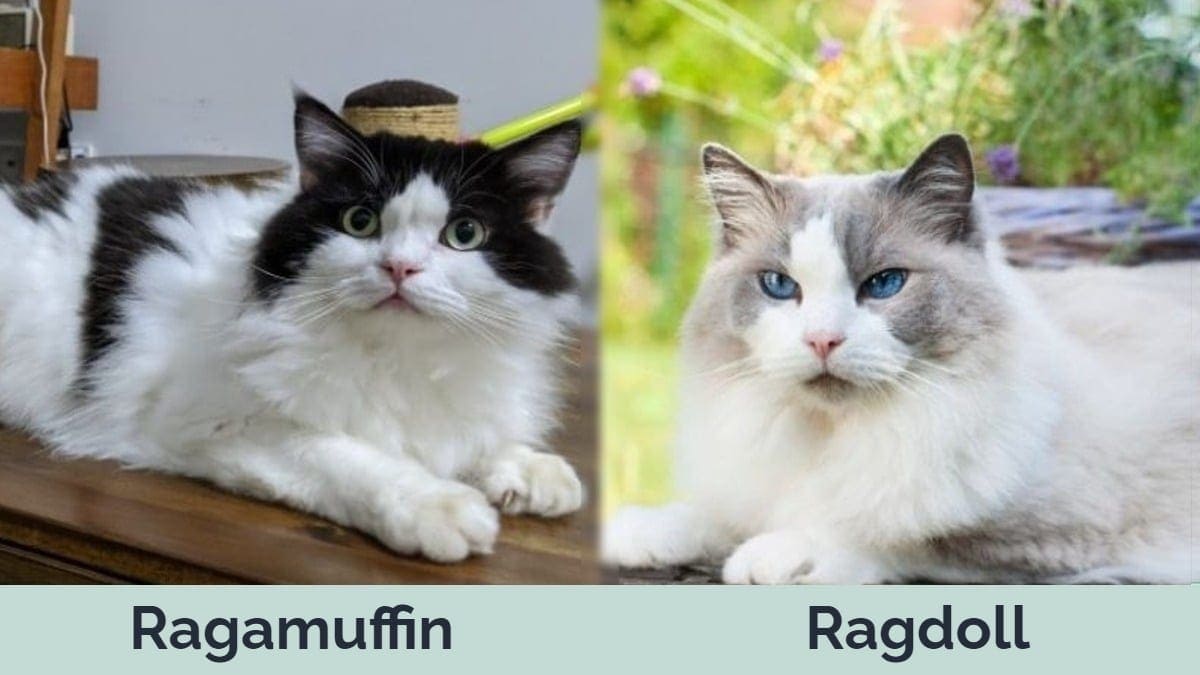
At a Glance
- Origin: Descendants of Ragdoll cats
- Size: 10–20 pounds
- Lifespan: 12–16 years
- Domesticated?: Yes
- Origin: California
- Size: 10–20 pounds
- Lifespan: 13–18 years
- Domesticated?: Yes
Ragamuffin Cat Overview
The Ragamuffin varies from the Ragdoll even though the two were developed by the same original cats. Ragdoll breeders broke off and separated themselves from the strict breed standard put in place by Ann Baker. Ragamuffins were a result of these breeders introducing different cats to the original genetic mix. They were recognized as their own breed in 2003 by the Cat Fanciers’ Association.
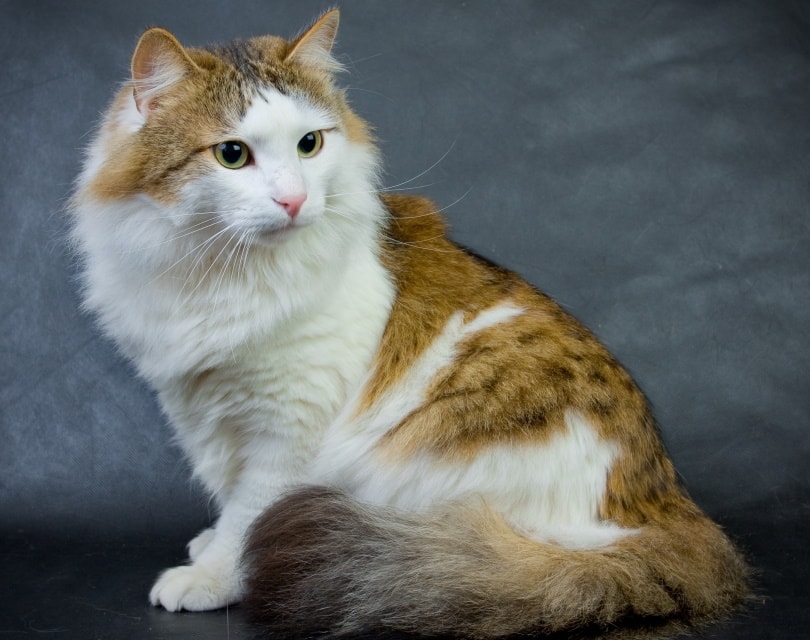
Characteristics & Appearance
Ragamuffin cats can have any coat color and pattern. Unique patterns seem to occur naturally with this breed. They have thick, plush coats that don’t mat easily. Their soft fur makes cuddling them impossible to resist. They have large, round eyes that give them sweet and curious expressions. An interesting fact about Ragamuffins is that they are usually born completely white. Their color patterns develop as they get older.
Ragamuffins can have various eye colors because there is no breed standard for this. However, they are usually prone to a condition called heterochromia, where each eye is a different color. This is more common in white cats due to their melanin, which determines eye color, not reaching one eye. That eye remains blue while the other eye that receives the proper amount of melanin changes.
These are calm cats with gentle dispositions, but they do love to play. They will chase toys or run after a laser pointer, which helps them get exercise. They’re happy to be lazy lap cats, so utilize any chance that you get for them to engage in physical activity.
Ragamuffins continue to grow until they are 4 years old. They can reach 20 pounds, making them large, docile companions. They are even-tempered and calm family pets that are gentle with children. They enjoy attention and affection from people.

Health & Care
Ragamuffins are large cats, and their size can be demanding on their joints. Arthritis can be a concern as they age. Patellar luxation, or a sliding kneecap, can also appear over time. Regular cat issues, like kidney disease and hyperthyroidism, should be checked for at their annual vet visits.
These cats tend to get overweight easily, especially due to their love of lounging. It’s important to monitor their food intake and make sure they remain at a healthy weight. Overweight cats can experience health problems in the future, like diabetes.
Ragamuffins require brushing, even though their coats don’t tangle easily. To keep their fur soft and shiny, regularly brush them. Nail clipping should be done every 3–4 weeks. Check their ears for signs of infection, like redness, swelling, or a foul odor. Constant head shaking and scratching are signs that something is bothering their ears.
Regular vet visits, healthy food, and regular brushing will keep your Ragamuffin healthy and happy for many years.
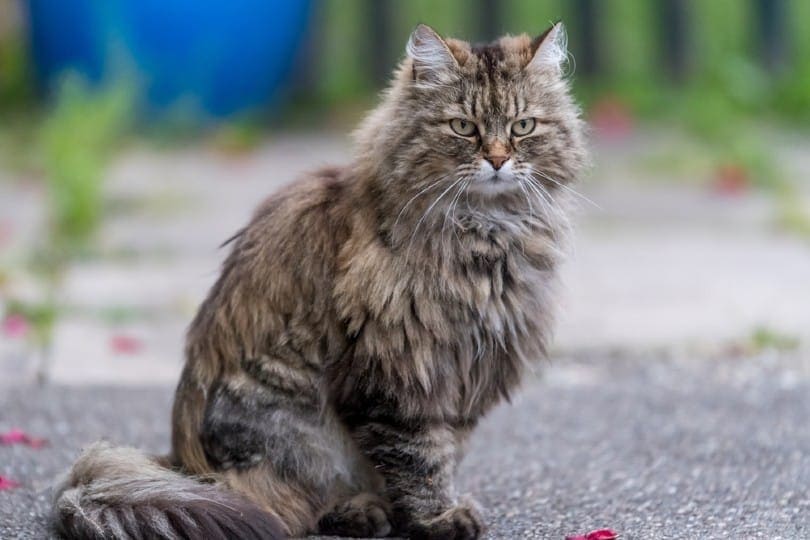
Ragdoll Cat Overview
Ragdolls are similar to Ragamuffins because both breeds share the same ancestry. They are lovable, large cats with gentle dispositions. A few things separate them from Ragamuffins, though.
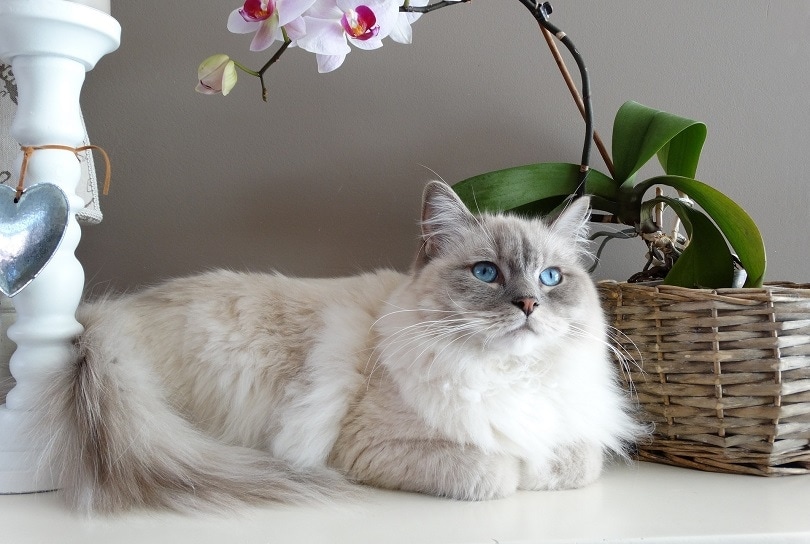
Characteristics & Appearance
Ragdolls got their name from their tendency to go limp when picked up and hang loosely, like a ragdoll. They are easy-going cats that love affection.
Ragdolls have color point coats. This means their legs, ears, face, and tails have darker coloring than the rest of their bodies. What separates them from Ragamuffins most are their eyes. Ragdoll cats have blue, oval-shaped eyes. Their coat colors include white, grey, blue, lilac, cream, chocolate, and red.
Ragdolls do shed, just not that much. But they aren’t a hypoallergenic breed.
They are loving and affectionate with people, especially children. Like Ragamuffins, they are patient with kids and love to get attention from people. This is a loving family cat. They don’t like having their routines changed and may take a while to adjust to a new pet or family member in the home.
Ragdolls are smart cats and can be taught to do simple tricks. Some even like to play fetch.
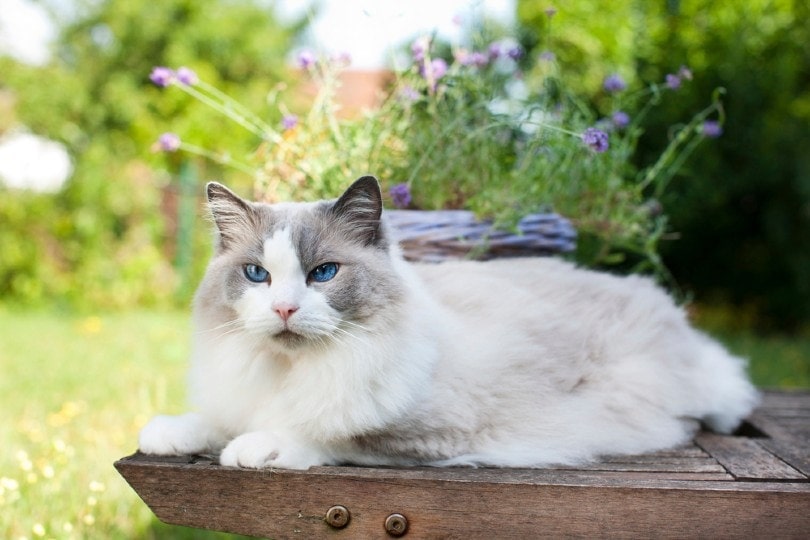
Health & Care
Ragdolls are susceptible to an inherited condition called hypertrophic cardiomyopathy. This is a thickening of the heart muscle. Purchasing your cat from a reputable breeder who tests for this condition before breeding their cats is one way to ensure that your cat will not develop it in the future.
Like Ragamuffins, Ragdolls need to have their weight monitored. They are also prone to urinary tract infections.
Brushing their coats regularly will keep them clean and soft. If you notice the fur becoming oily or stiff, a bath may be necessary. Luckily, Ragdolls are easy-going and will likely be agreeable to this. They also need their nails clipped and their ears checked for infection regularly.
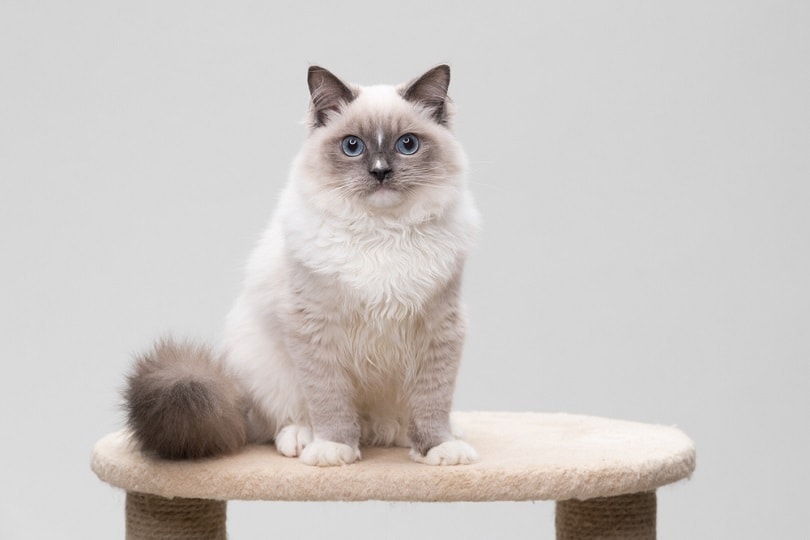
Which Breed Is Right for You?
When it comes to choosing a Ragamuffin or Ragdoll cat, you can’t make a wrong decision. Both breeds make loving family pets and get along well with children and other animals. These cats are similar, with their main differences being in coloring and facial features.
They’re beautiful cats but require regular grooming to keep their coats in good condition. Watching their weight is important because they tend to become obese otherwise.
Ragamuffins may be slightly more easy-going than Ragdolls, which don’t like their routines changed and will need more time to get used to new things in their home.
Since both breeds were started by the same line of cats, they share many of the same wonderful characteristics that make them desired by people everywhere. Whichever breed you choose, you’ll be getting a lovable, friendly cat.
Related Reads:
Featured Image Credit: Left: Ragamuffin, Benjamin B, Shutterstock | Right: Ragdoll, izmargad, Shutterstock


